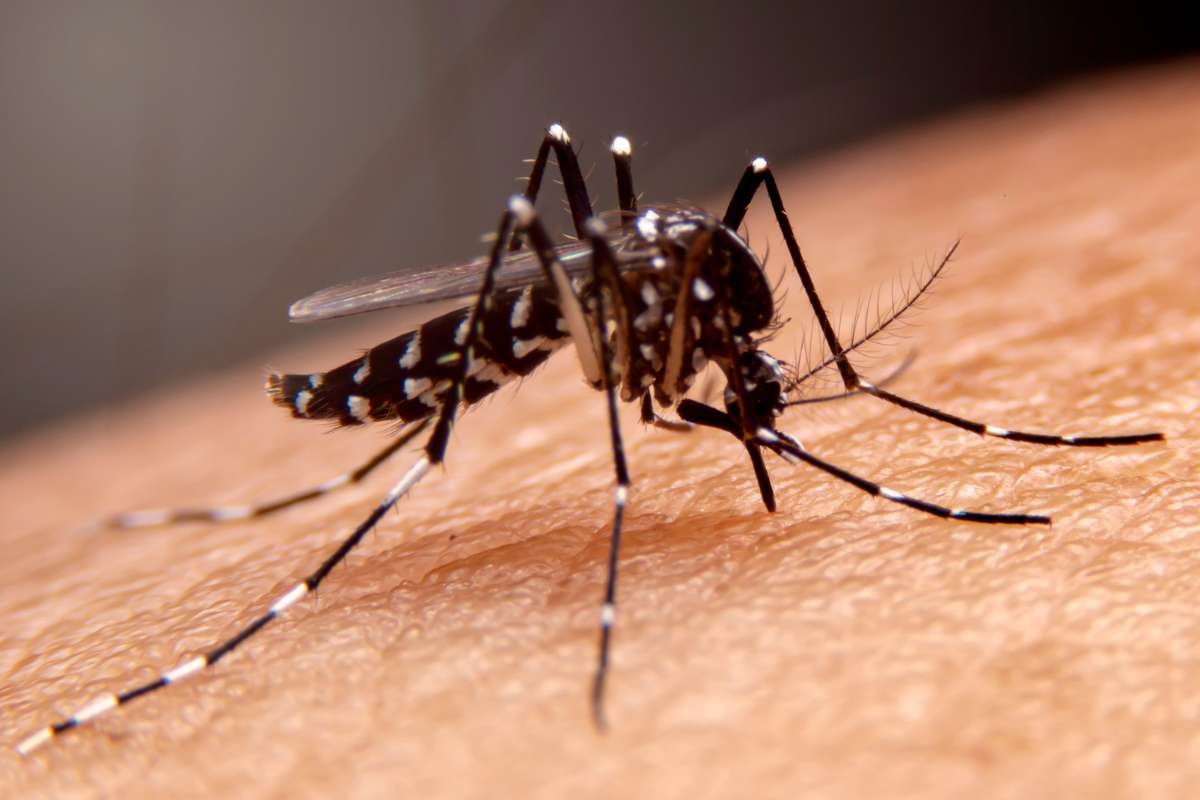Key Points:
- Obesity tops underweight: 1 in 10 children worldwide is now obese.
- Diet & ads: Processed foods and marketing fuel the rise.
- UNICEF action: Calls for labeling, taxes, and healthier food access.
For the first time in recorded history, childhood obesity has overtaken underweight as the most common form of malnutrition among school-aged children and adolescents worldwide, according to a new UNICEF report released on Tuesday.
The findings show that one in 10 children between the ages of 5 and 19, around 188 million globally, now live with obesity. This condition places them at greater risk of chronic illnesses, including type 2 diabetes, cardiovascular disease, and certain cancers.
Sharp Global Shift in Malnutrition Trends
UNICEF’s report, Feeding Profit: How Food Environments are Failing Children, is based on data from more than 190 countries. It highlights a dramatic reversal in child nutrition patterns over the past two decades.
Since 2000, the proportion of underweight children aged 5 to 19 has dropped from nearly 13 percent to 9.2 percent. Over the same period, Childhood obesity rates tripled from 3 percent to 9.4 percent. Globally, nearly one in five young people, approximately 391 million, are overweight, with almost half of them classified as obese.
While undernutrition remains a significant issue in sub-Saharan Africa and South Asia, every other region now reports obesity rates higher than underweight cases. The problem is particularly severe in the Pacific Islands, where local diets have been displaced by cheap, imported foods high in sugar, salt, and unhealthy fats.
High-income countries are also struggling. In Chile, 27 percent of children are obese, while in the United States and the United Arab Emirates, 21 percent fall into the same category.
Marketing and Processed Foods Drive the Trend
The report attributes much of the surge in childhood obesity to aggressive marketing and the widespread availability of ultra-processed foods. These products, often high in sugar, salt, unhealthy fats, and additives, are replacing fruits, vegetables, and protein in children’s diets.
A UNICEF poll of 64,000 young people in 170 countries found that three-quarters had seen advertisements for sugary drinks, snacks, or fast food in the past week. Sixty percent said the ads made them want to consume the products. Even in conflict zones, nearly seven in ten children reported exposure to such advertising.
These dietary shifts have far-reaching consequences. By 2035, the global cost of overweight and childhood obesity is projected to exceed $4 trillion annually. In Peru alone, obesity-related health problems could cost over $210 billion across a single generation.
Governments Urged to Act
Some nations are taking steps to counter the crisis. Mexico, where sugary drinks and ultra-processed foods account for 40 percent of children’s daily calories, has banned their sale in public schools, benefiting more than 34 million students.
UNICEF is urging governments worldwide to implement similar reforms. Recommendations include mandatory front-of-package food labeling, restrictions on marketing unhealthy products to children, taxes on sugar-sweetened beverages, bans on junk food in schools, and stronger social protection programs to improve access to nutritious food.
“In many countries, we are seeing the double burden of malnutrition, the coexistence of stunting and obesity,” said UNICEF Executive Director Catherine Russell. “This requires targeted interventions. Nutritious and affordable food must be available to every child to support their growth and development.”
Russell added that urgent policy measures are needed to help parents and caregivers access healthy options: “We must act now to protect children from an environment that profits from their ill health.”
A Global Turning Point
Experts say the shift marks a pivotal moment in child health. For decades, underweight and stunting have defined the global malnutrition crisis. Now, with childhood obesity on the rise, public health systems must adapt to new challenges, from preventing chronic disease to reducing the influence of the processed food industry.
The report warns that without immediate action, the trend could reverse decades of progress in child health and development. UNICEF’s call to governments is clear: create environments where nutritious food is accessible and affordable, and where children are shielded from marketing that drives harmful eating habits.
Visit The Lifesciences Magazine For The Most Recent Information.







